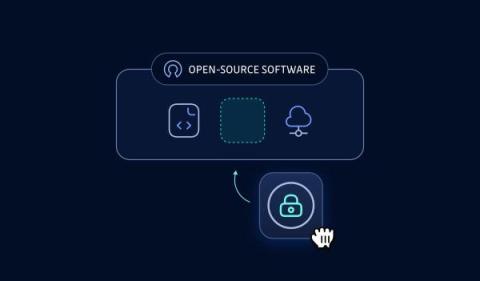Navigating Security Concerns: Microsoft Copilot's Integration with Microsoft 365
There are so many exciting things happening in the AI space currently. One of them is the integration of Microsoft Copilot, a generative AI, with Microsoft 365 applications. This fusion brings Copilot’s capabilities into the suite’s comprehensive office productivity tools to transform daily workloads and enhance productivity efficiency through the automation of mundane tasks, alongside offering insights and analyzing data. Key features include.











